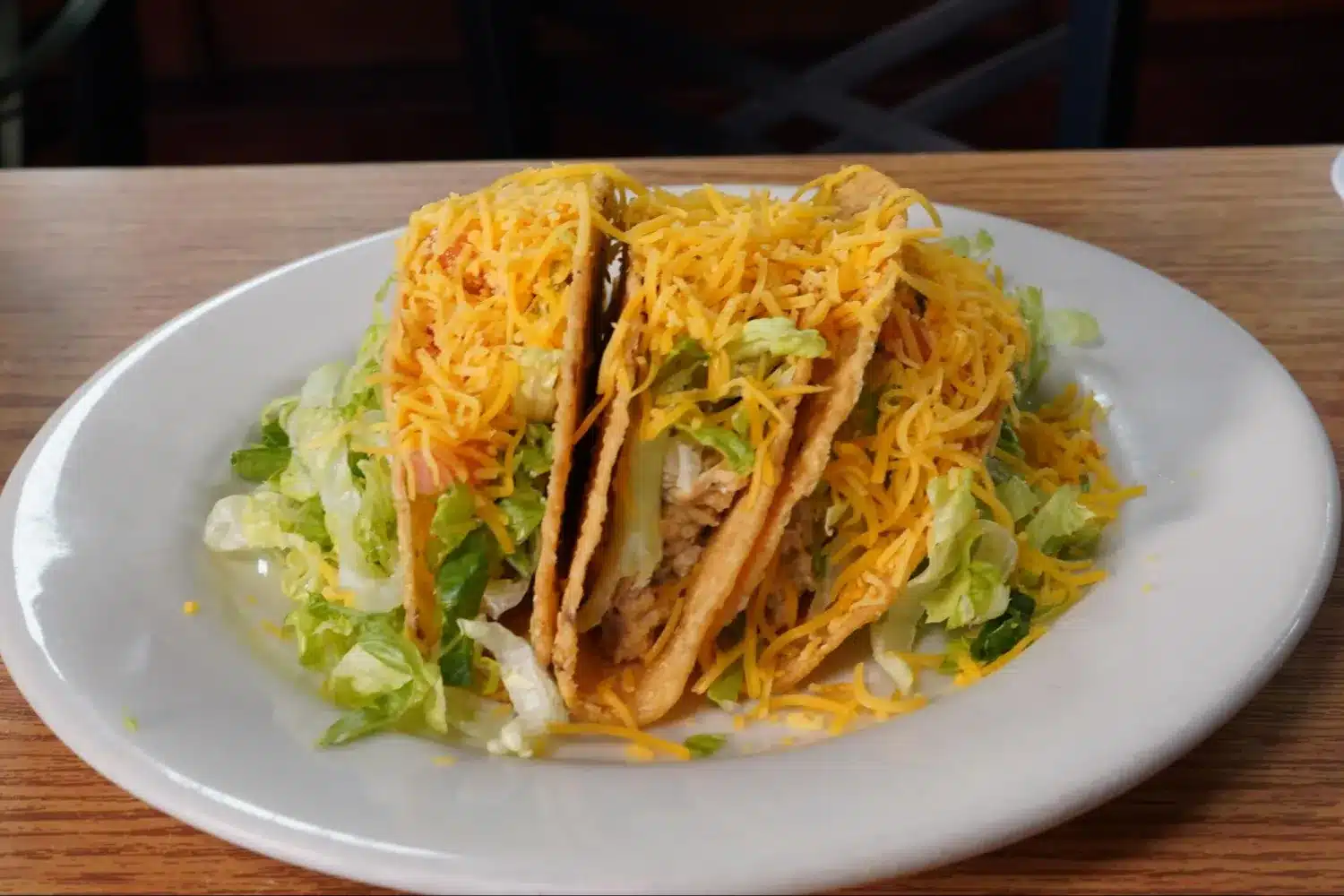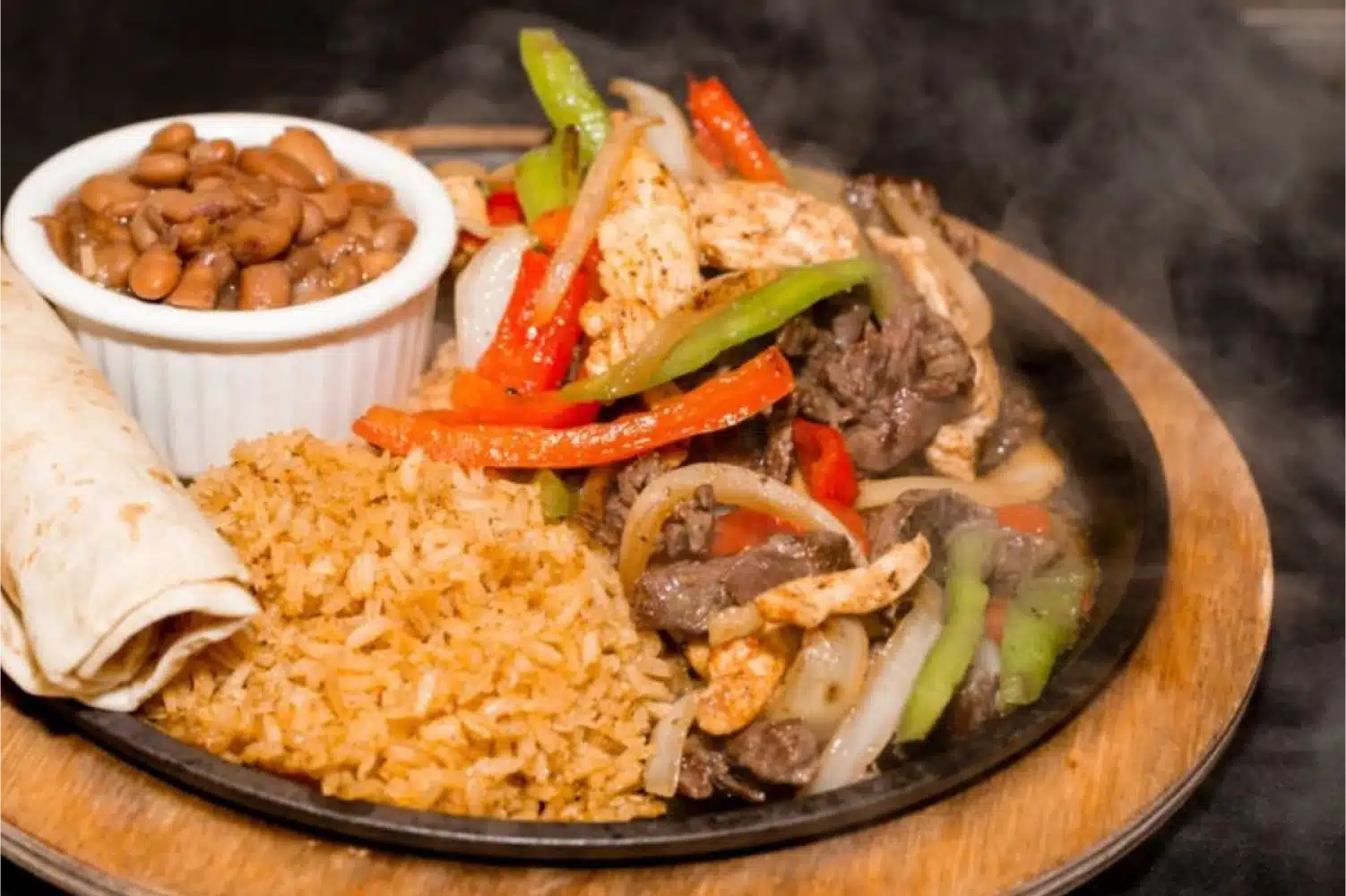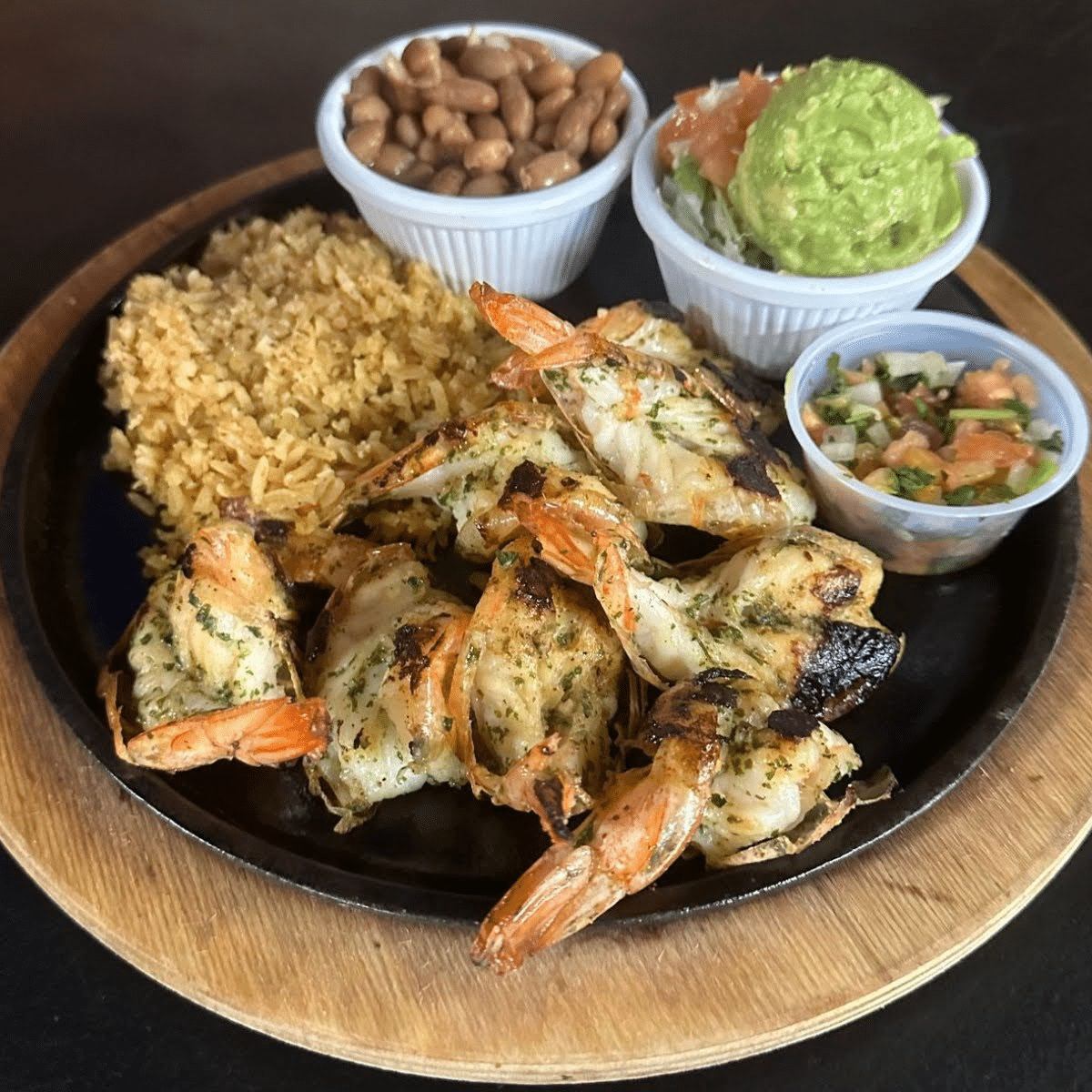Origins And Evolution of Mexican Food & Tex-Mex Cuisines
Mexican cuisine’s mixture stretches back thousands of years. The Aztecs and Mayans started this ancient culinary tradition with a sophisticated diet based on maize, beans, and squash. Spanish conquest in the 16th century became a turning point for Mexican cooking. New ingredients like rice, wheat, and various meats altered the map of Mexican cuisine. Traditional Mexican food we know today emerged from blending indigenous and Spanish cooking methods.
Tex-Mex’s story took a different path. The name “TexMex” started in 1875 as a short form for the Texas and Mexican Railroad. People began using “Tex-Mex” in the 1920s to describe Tejanos’ food or Mexicans in Texas who adapted their traditional recipes using local ingredients.
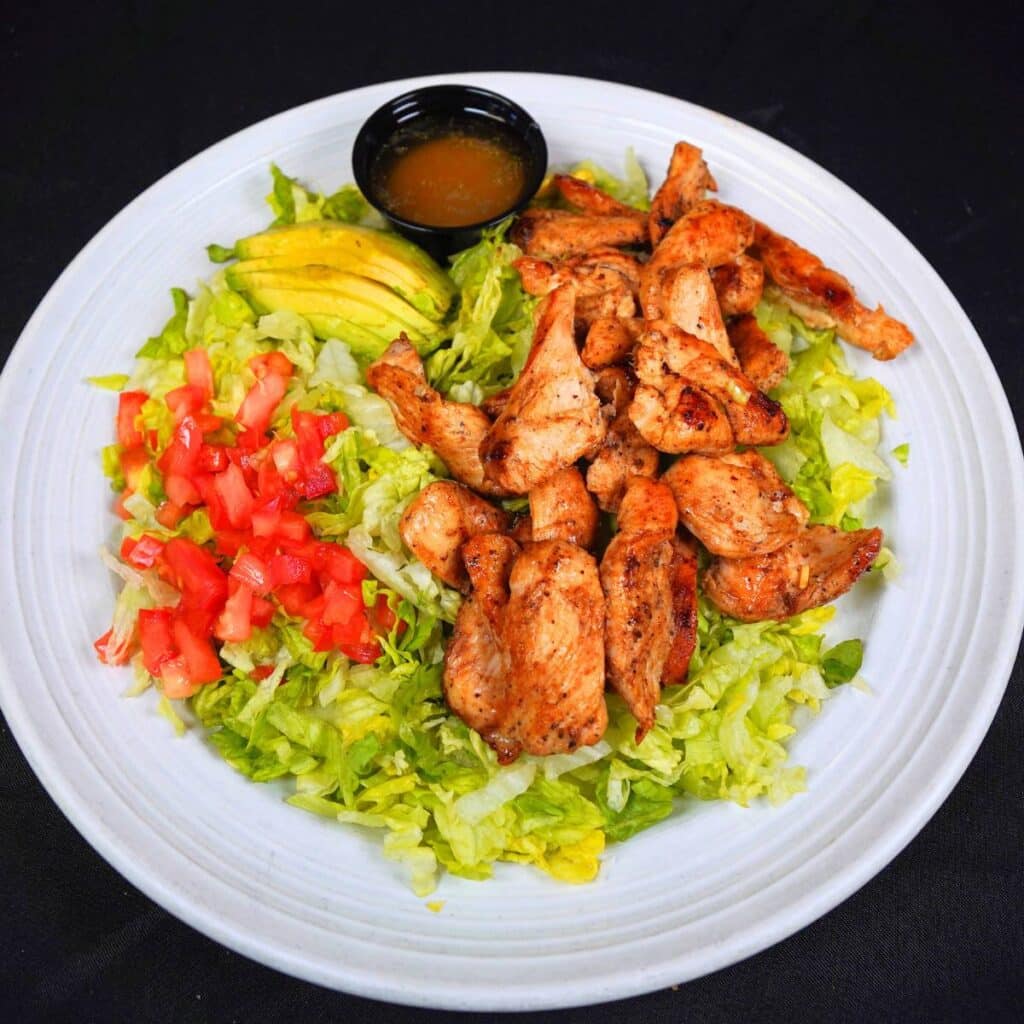
Important Ingredients That Define Each
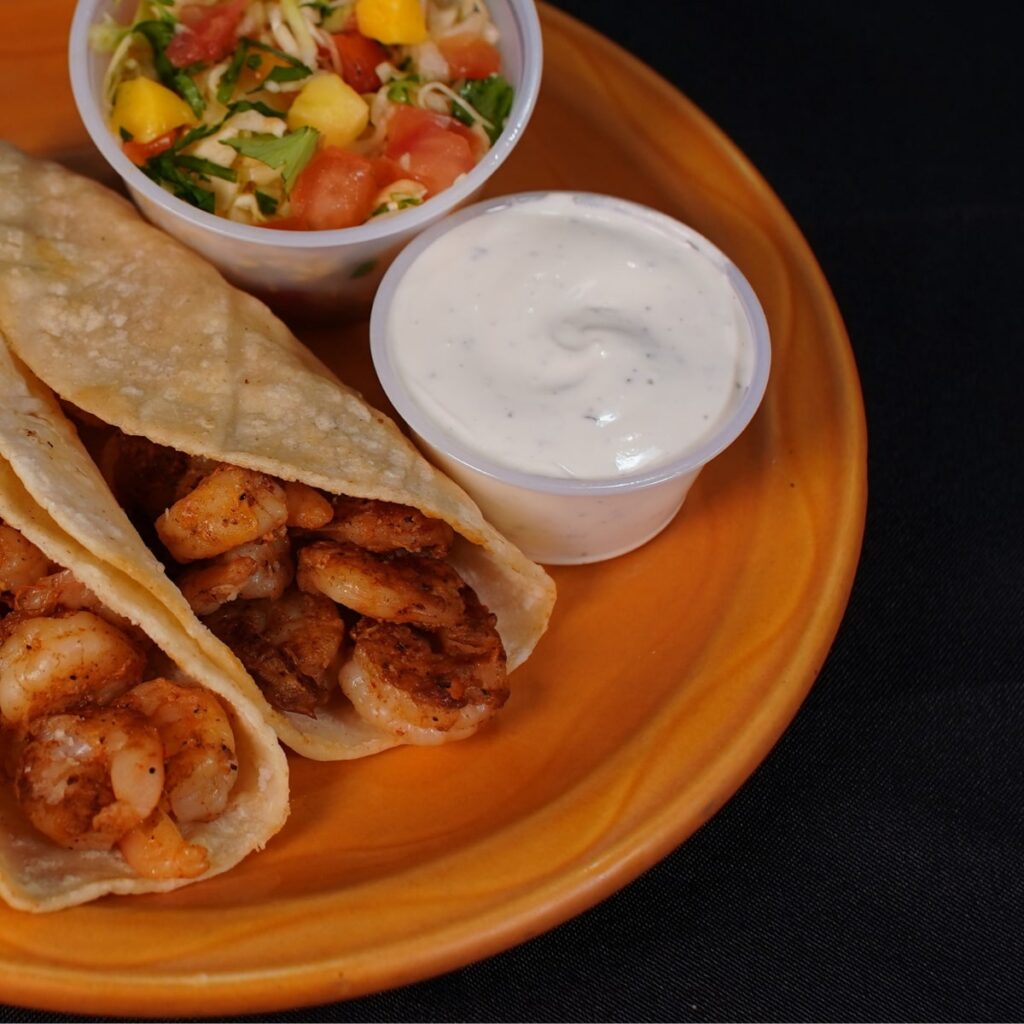
Traditional Mexican staples and spices
- Epazote – a pungent herb with a distinctive bitter flavor
- Mexican oregano – brings citrus and licorice notes
- Fresh cilantro – adds brightness to dishes
Signature Tex-Mex ingredients
Tex-Mex cuisine has grown into its own unique style that stands apart from traditional Mexican food. Yellow cheese, especially cheddar, has become normal for Tex-Mex dishes. Beef appears a lot in these recipes, though it wasn’t a common sight in traditional Mexican cooking.
Here’s how some key ingredients differ between the two cuisines!
Ingredient Type | Mexican | Tex-Mex |
Tortillas | Corn-based | Wheat flour |
Cheese | White (queso fresco) | Yellow cheddar |
Beans | Pinto beans | Black beans |
Primary Meat | Pork, chicken | Beef |
Big ingredient substitutions
Traditional Mexican dishes rely on fresh tomatillos and chile peppers, while Tex-Mex recipes often use canned tomatoes and chili powder. Tex-Mex’s signature seasoning combines chili powder, cumin, garlic powder, paprika, and more. This blend creates the distinctive flavors we now associate with this type of food.
Distinctive Cooking Techniques and Methods

Traditional Mexican Food cooking practices
The most important tools in authentic Mexican cooking include:
- Comal – A flat griddle for tortillas and roasting
- Molcajete – Stone mortar and pestle for grinding spices
- Cazuela – Clay pots for slow-cooking stews
- Metate – Large stone for grinding corn
Tex-Mex Food preparation styles
Mexican Method | Tex-Mex Adaptation |
Fresh chile preparation | Pre-made chili powder blends |
Soft tortilla warming | Deep-fried crispy shells |
Slow-roasted pork/chicken | Grilled beef focus |
How cooking styles affect taste
Different approaches affect the final taste of these dishes. Traditional Mexican cooking creates flavor layers through fresh ingredients and hand-preparation methods. Tex-Mex dishes tend to have bolder & more uniform flavors because they use pre-blended seasonings and adapted cooking techniques.
Ventura’s Tamales celebrates both cooking traditions. Our kitchen proves how these distinct approaches work together. Diners can enjoy authentic Mexican dishes made the traditional way right next to popular Tex-Mex adaptations.
Popular Dishes and Their Authentic Origins
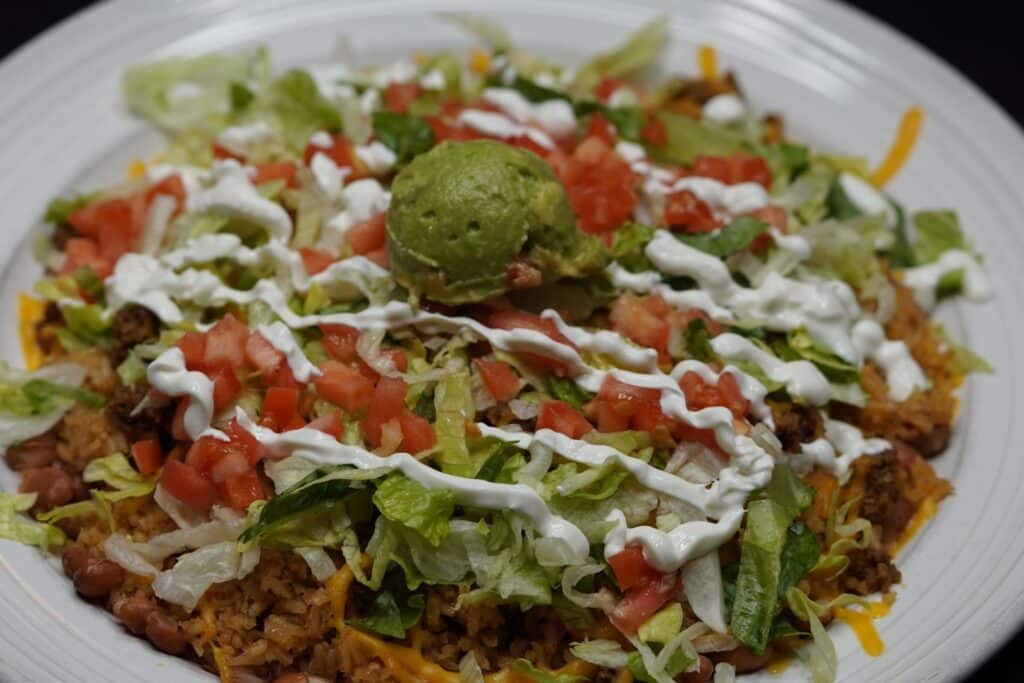
Classic Mexican dishes explained
Mexican cuisine’s traditional dishes have been around for a long time. Real Mexican enchiladas come wrapped in corn tortillas with chicken or cheese fillings, topped with sauces like mole or salsa verde. Rural Mexican cooking relies heavily on plants with meat serving as a way to add flavor rather than being the main ingredient.
Common misconceptions clarified
• Burritos
People often think they’re Mexican, but they started in northern Mexico before becoming huge in the United States
• Cheese Usage
Traditional Mexican cooking uses white cheeses like queso fresco while yellow cheese marks Tex-Mex dishes
• Enchilada Variations
Mexican enchiladas come with various fillings and sauces while Tex-Mex versions stick to beef and cheese with red chili sauce





